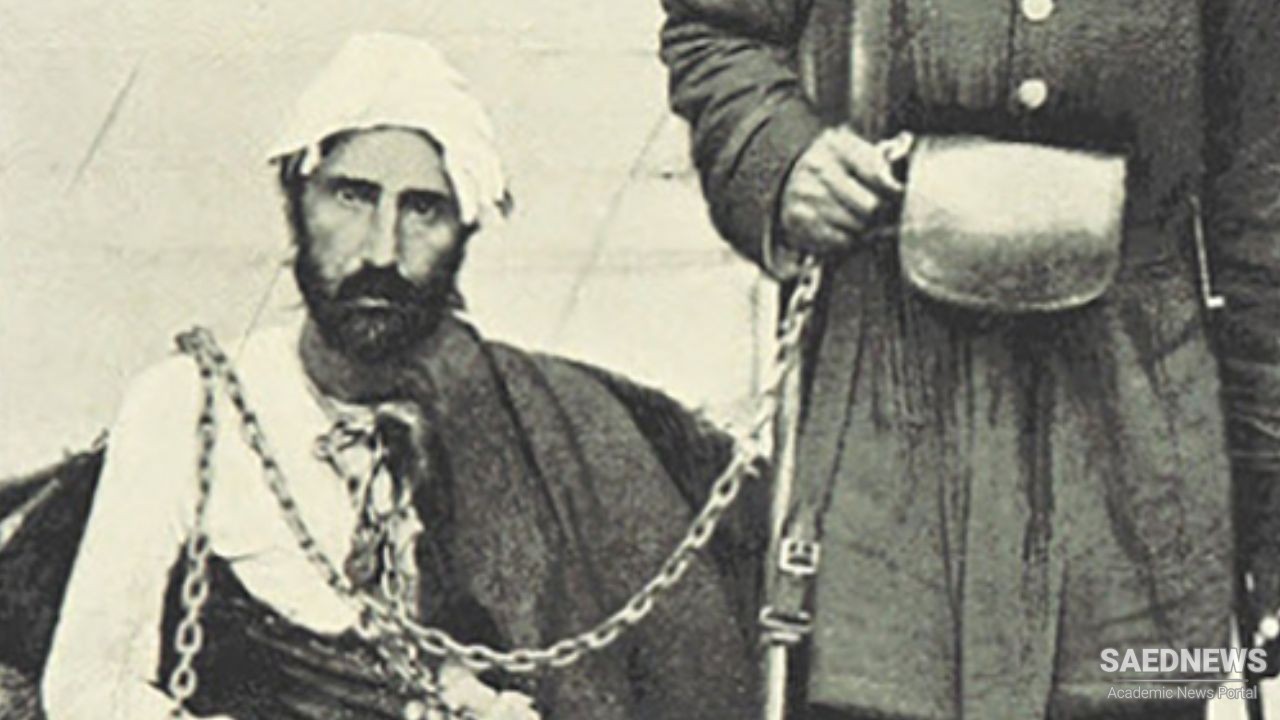The bullet that killed the shah heralded the end of an era, a half a century of relative constancy. The veneer of modernization that covered the Qajar state was just that. The reformist measures by statesmen such as Amir Kabir and Moshir al-Dowleh never truly transformed Qajar society. Some features of European material culture came to shape urban space, art and architecture, dress, food, and music. The foundations of the state, however, remained largely unchanged. The old Qajar elite were being gradually replaced by a new class of court appointees who were more dependent on the person of the shah, yet the general conduct of the court and divan remained essentially the same. Naser al-Din’s private life, and the life of the royal harem, also remained unchanged, except that his numerous wives, sisters, and concubines became more languid and, with few exceptions, more vain. With age, the shah’s inner court acquired a prurient ambiance, well evident in many entries in the secret diaries of E’temad al-Saltaneh. With a sarcastic eye, he observed changes in the shah’s conduct, the degrading quality of his companions and favorites, his endless daily sorties to the outskirts of the capital to visit royal resorts, pleasure gardens, and mountain retreats, and his camping out with a huge retinue around Tehran and elsewhere. He quietly recorded the childish pleasures that punctuated the hideous routine of the court. Among his recurring topics were the shah’s obsessive affection for his favorite page boy Malijak, trivial envies and enmities in the harem and inner court, the shah’s curious taste in dress and appearance, and above all his patronizing strategies of favor and fury (Source: Iran a Modern History).


 Constitutionalism and Constitutional Movement: Beginning of Modern History of Persia
Constitutionalism and Constitutional Movement: Beginning of Modern History of Persia














































